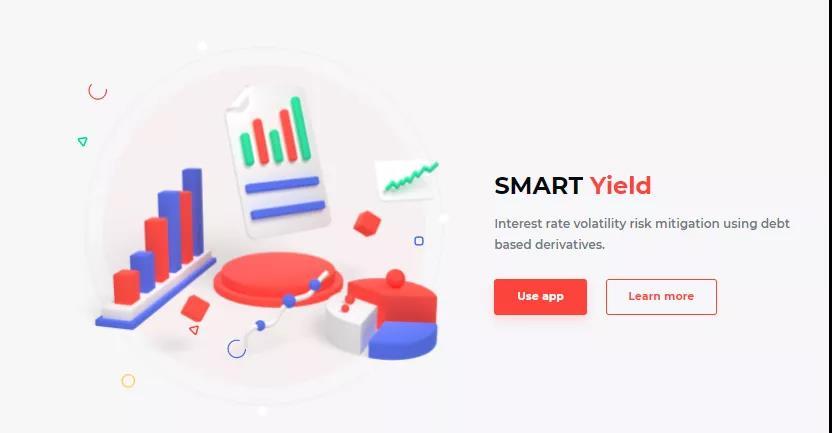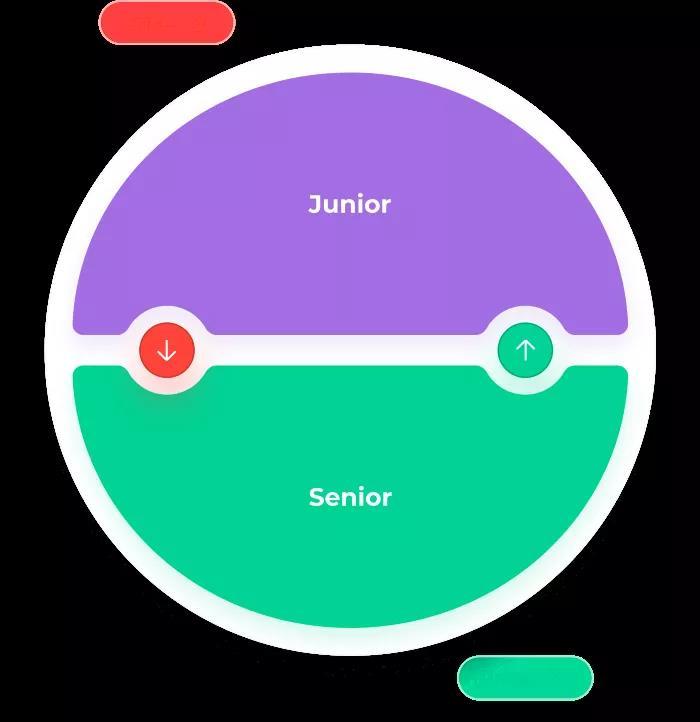A Brief Analysis of BarnBridge: Tokenizing Risks, Then Breaking Them Down Further
Author: Beichen
DeFi is still in the gold rush of the West, and behind the constantly breaking imagination of wealth opportunities, the risks taken are equally significant.
In the Crypto world, trading, lending, and asset management protocols represented by Uniswap, Compound, and YFI have already become mature financial infrastructures.
The essence of finance is the exchange of value across time and space. Clearly, they have only achieved the most basic financial services, while the deep waters of finance need to deal with risks—accurately realizing different degrees of risk exposure according to different users.
For example, the traditional financial system has structured products, which are often a combination of fixed-income products and risk assets, tailored for high-net-worth individuals.
More and more people are beginning to have a long-term optimistic view on the growth of DeFi, but at the same time, they fear its volatility. Therefore, products that can accurately achieve risk exposure are expected to explode in 2022.
As we have emphasized countless times before, truly viable products in the Crypto field are those that reconstruct existing products in a Crypto way.
If it is merely a direct replication of traditional financial structured products, it can exist but is unnecessary. However, BarnBridge is a DeFi protocol that truly reconstructs structured products in a Crypto way.
Functionally, BarnBridge can also meet users with different risk tolerances, but its implementation mechanism is completely different.
Liquidity, tokenization, composability, and DAO governance—all have a distinct DeFi style. So how is this specifically achieved?
1. SMART Yield

This is the most basic part of BarnBridge, which can also be understood as the bond market.
Users can deposit stablecoins into either the junior pool or the senior pool based on their risk tolerance.
There is a distinction for users: the junior pool is high-risk with variable leverage rates, while the senior pool is low-risk with fixed rates (in this sense, it might be more accurate to translate them as youth pool and elder pool).
However, the flow of funds is consistent—whether in the junior pool or the senior pool, the funds all enter lending markets like Compound and Aave. In other words, the actual risk of the junior and senior pools is the same.
The reason for the difference in interest rates is that the returns in the lending market are always volatile. Some people receive fixed rates, while others subsidize the former during poor market conditions or receive additional returns during favorable conditions.
It is worth mentioning that the positions deposited in the senior pool will generate NFTs, referred to as senior bonds (sBond), which can be traded in the secondary market or used for other composability purposes. Upon maturity, the principal and earnings can be redeemed, and the NFT is destroyed.
Meanwhile, the positions deposited in the junior pool can generate ERC-20 tokens (essentially pegged 1:1 to the deposited stablecoins), referred to as junior tokens (jTokens), and can also generate NFTs, which essentially represent maturing debt rights, although the interest rate is unpredictable.
In summary, the SMART Yield divides into junior and senior pools, meeting the needs of different users while maintaining overall risk consistency.
2. SMART Alpha
The previously introduced SMART Yield provides users with two different levels of risk exposure. In the event of extreme market conditions, the assets of senior pool users still have fixed returns in terms of cryptocurrency, but in fiat terms, they may shrink significantly.
SMART Alpha, based on SMART Yield, further subdivides risks or isolates risks on the basis of risk isolation.
The method is to allow transactions between senior pool users and junior pool users, enabling users to calibrate the overall system's risk exposure.

The principle is that the assets in the senior pool appear to have fixed returns, but in fiat terms, they may have unlimited upside (while a crash could lead to no lower limit).
However, through SMART Alpha, low-risk enthusiasts in the senior pool can sell this portion of downside risk (and potential returns) to high-risk enthusiasts in the junior pool. This way, although potential returns are sacrificed, they also gain downside protection for their principal.
For high-risk enthusiasts in the junior pool, they have the opportunity to exchange for greater upside potential.
3. SMART Exposure
SMART Exposure is designed to address the issue of risk concentration.
For example, if a user's portfolio is 50:50 in ETH and BTC, the price fluctuations of these two assets will inevitably cause the portfolio to become unbalanced.
Users can use SMART Exposure to set specific ratios and automatically calibrate that ratio based on price fluctuations.
For those who want to hold a basket of assets for the medium to long term but do not want to spend too much time and effort, SMART Exposure provides a very good function.
4. Conclusion
From the current products, BarnBridge's most successful aspect is the foundational layer SMART Yield, with a current TVL of $14.6 million.
It has also launched the innovative product SMART Alpha, which, based on a TVL of $5.74 million, shows that this innovative attempt is currently quite successful.
When evaluating a DeFi project, especially a growing DeFi project, the team has a more decisive influence than the product itself. Just as one cannot predict the future development of Uniswap based on the product of Uniswap V1.
The core team of BarnBridge has long-term accumulation in the Crypto field, with clear insights into the DeFi industry and extensive connections, including Synthetix founder Kain, who actively promotes the project. Although it is now DAO governance, the team's DNA will not easily change.
BarnBridge currently has 27,500 followers on Twitter, with a TVL of only $14.6 million, and the total market cap of the governance token BOND is less than $90 million, which is quite ordinary among many DeFi protocols.
However, BarnBridge is attempting to build a risk market, and the existing products are already quite good, while the composability of DeFi brings infinite possibilities.










